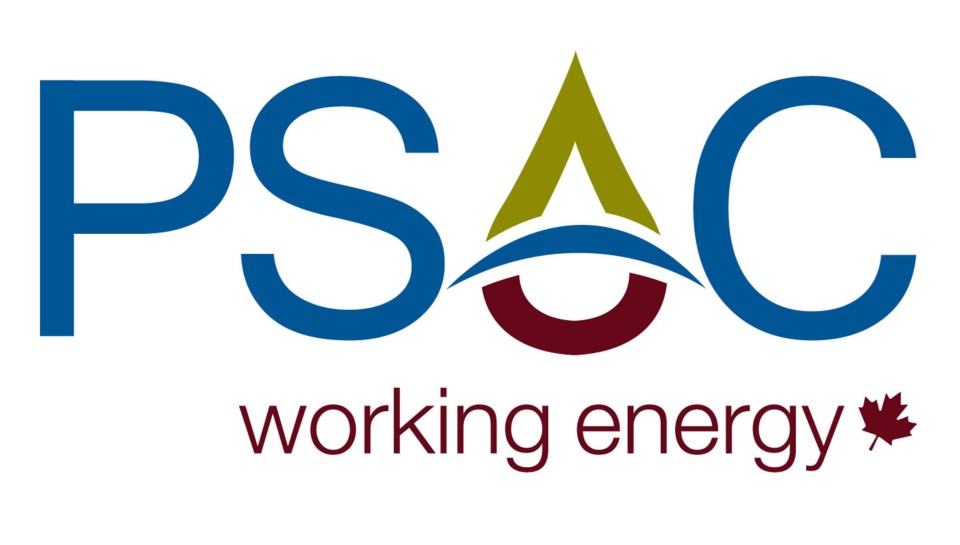In its first update to the 2021 Canadian Oilfield Services Activity Forecast, released Thursday, the Petroleum Services Association of Canada (PSAC) has revised the number of wells drilled (rig released) across Canada for 2021 to 3,350 wells.
This is an increase of 750 wells which would be a considered a modest amount based on historical activity, but is 29 per cent over PSAC’s original 2021 forecast released last October.
The updated forecast is based on a stronger commodity price outlook for 2021, with PSAC now expecting average crude oil prices 19 per cent stronger at US$50/barrel (WTI), natural gas prices of C$2.60/thousand cubic feet (AECO) and the Canadian dollar slightly stronger, averaging US$0.79.
PSAC interim president & CEO Elizabeth Aquin said: “The strengthened commodity price outlook today versus what was expected back in October is welcome news for our members who provide the service, supply and manufacturing for energy development. As expected, global economic recovery gradually restores demand, it is helping to improve cash flows and balance sheets for our members’ oil and gas customers.
Recent announcements by Canadian oil and gas companies of their 2021 investment levels show an additional $3.36 billion to $27.3 billion. Although these levels are still lower than the $35.2 billion invested in 2019 and modest compared to the $81 billion spent in 2014, it is an encouraging sign for the oilfield services (OFS) sector that PSAC represents.
Activity levels in the first half of 2021 are only expected to account for 47 per cent of the year’s total versus 64 per cent last year before the full impact of blockades, project cancellations and COVID-19 was felt. PSAC believes that the second half of 2021 will see increased activity year-over-year.
The majority of drilling this year is expected to be focused on oil with 67 per cent of total wells, and gas with 30 per cent of total wells, with the balance being service wells.
On a provincial basis for 2021, PSAC estimates 1,632 wells to be drilled in Alberta and 1,189 wells for Saskatchewan, representing year-over-year increases of 184 and 111 wells, respectively. At 90 wells, drilling activity in Manitoba is expected to increase modestly from 83 in 2020, whilst activity in British Columbia is projected to increase from 367 wells in 2020 to 420 wells in 2021.
At 19 wells for 2021, activity in Eastern Canada is expected to increase nominally from its 2020 figure of 16 wells.
“The downturn and pandemic have taken a heavy toll on the sector. This boost to investment in new activity is welcome news that the exploration and production (E&P) companies still see potential and opportunity in Canada.”
January McKee, president of AMGAS Services Inc. and PSAC board chair, said: “PSAC and its members who work in all segments of Canada’s oilfield services sector acknowledge that there continue to be challenges facing our industry. However, we unite this industry and are all fighting hard together to illustrate how effective public policy from all orders of government can simultaneously enable Canada’s OFS sector to innovate at home and reduce global GHG emissions abroad. When Canadian energy succeeds, Canada succeeds.”
McKee further added, “In addition to renewables, global oil and gas demand is still forecast to grow. PSAC members include companies in the entire spectrum of oilfield services, supply and manufacturing that are needed to drill, complete, and close wells including wireline, drilling fluids, directional drilling, environmental, snubbing, hydraulic fracturing, safety, and others. “PSAC is proud to be the united voice of these leaders in innovation, technology and responsible development. PSAC is fighting for members to ensure that Canadian public policy outcomes do not result in carbon leakage that allows other, less responsible countries with lower human rights, environmental, and regulatory standards to supply energy resources to the world and reap the jobs and economic benefits that should be Canada’s.”
Added Aquin, “The future holds promise and uncertainty. Government relief measures such as the emergency wage subsidy and the $1.7 billion in closure funding, which PSAC advocated for successfully, have helped many OFS companies to retain workers and survive. The innovation and technology developed by this vital sector is needed to continue to lower carbon emissions and demonstrate continued progress on our ESG record for investment. Increased investment will be required for opportunities to address the growing demand for natural gas for LNG and nascent blue hydrogen industry and to replace dwindling heavy oil volumes from Mexico and Venezuela to the U.S.
“Uncertainty lies with the additional environmental measures and costs expected from the federal government’s new Environment and Economy Plan, Clean Fuel Standard, and Net-Zero Emissions Accountability Act. What they will mean for competitiveness and capital investment in Canada remains to be seen even with the new Biden administration in the U.S. signing onto the Paris Accord and forging a green agenda that may present a more level playing field. All of Canada’s new measures will increase costs to industry and consumers alike. Increasing carbon taxes to $170/tonne in such a short period of time will undoubtedly raise prices on everything from groceries, to heating homes, to consumer goods and all at a time when economic recovery is fragile, employment levels far from robust, and revenues are needed to continually develop new technologies necessary to meet climate goals.”
��




